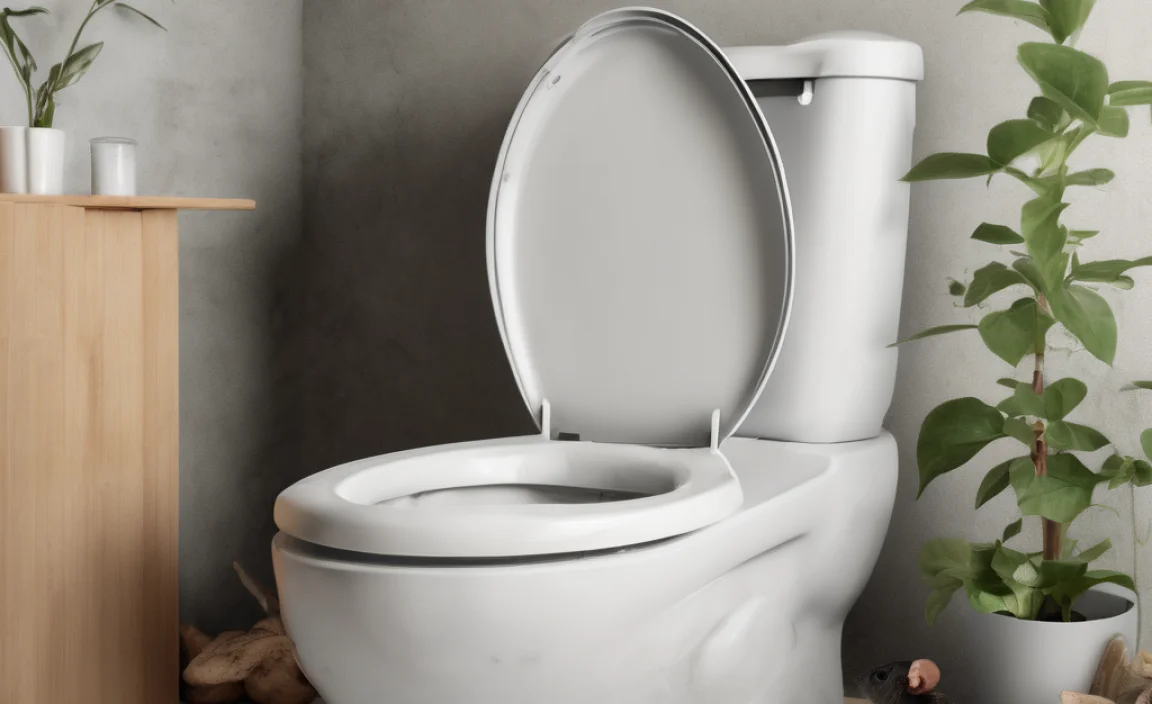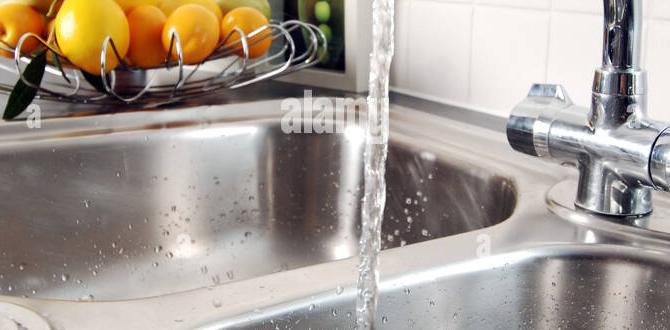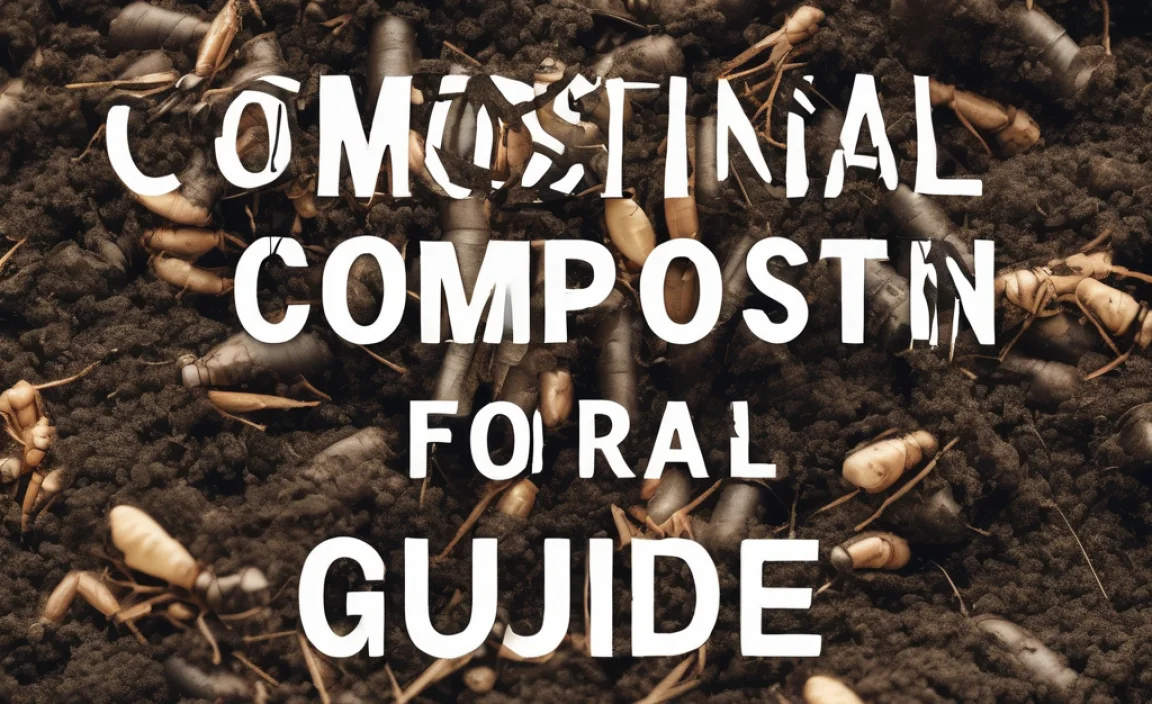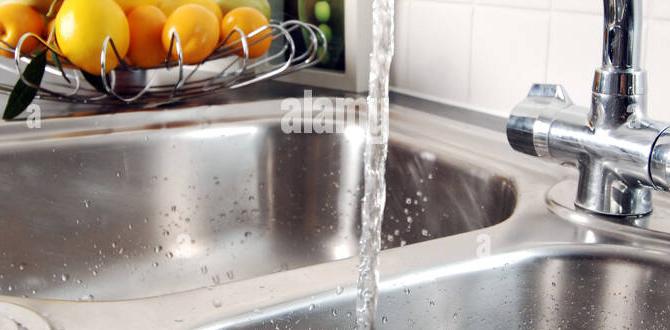Cold vs Hot Composting: Which Method is Best for You?
Cold vs hot composting best lies in understanding the fundamental differences between these two popular methods of turning organic waste into nutrient-rich soil. Both approaches harness the power of decomposition, but they achieve it through distinct processes, leading to different timelines, outcomes, and suitability for various gardening needs. Whether you’re a seasoned gardener or just starting your composting journey, choosing the right method can make all the difference in achieving your composting goals.
At its core, composting is nature’s way of recycling. Microorganisms, fungi, and other beneficial critters break down organic materials like food scraps and yard waste, transforming them into a dark, crumbly substance known as compost. This compost acts as a powerful soil amendment, improving its structure, water retention, and nutrient content, ultimately leading to healthier plants and bountiful harvests. The primary distinction between cold and hot composting lies in the temperature they reach and maintain during the decomposition process.
Understanding Cold Composting
Often referred to as passive composting, cold composting is the more laid-back approach. It involves simply piling organic materials together in a bin or heap and allowing nature to take its course. There’s no strict recipe or requirement for precise ingredient ratios, nor is there a significant emphasis on managing the temperature. Think of it as a “set it and forget it” method.
The decomposition in cold composting is primarily driven by mesophilic microorganisms, which thrive at moderate temperatures. As these organisms work, some heat is generated, but it typically doesn’t rise much above ambient temperature. This slower process means that materials can take anywhere from six months to two years, or even longer, to break down fully into usable compost.
The Advantages of Cold Composting:
Ease of Use: This is its biggest draw. It requires minimal effort and attention. You can add materials as you generate them without worrying about turning or monitoring temperatures.
Low Maintenance: No need for frequent turning or precise green-to-brown ratios. This makes it ideal for busy individuals or those who prefer a less hands-on approach.
Suitable for All Materials: Cold composting can generally handle a wider range of materials, including slightly tougher items like woody branches, as the slower decomposition process doesn’t require rapid breakdown.
No Need for Special Equipment: A simple pile or an open bin is all you need to get started.
The Disadvantages of Cold Composting:
Slow Decomposition: The most significant drawback. It takes a considerably longer time to produce usable compost.
Potential for Pests: Without the high temperatures to kill weed seeds and pathogens, cold compost piles can sometimes attract rodents and insects.
Undesirable Odors: If the balance of materials isn’t managed (even loosely), cold compost piles can sometimes become anaerobic, leading to unpleasant smells.
Weed Seeds and Pathogens: The lower temperatures are not sufficient to kill most weed seeds or harmful pathogens, meaning any compost produced might introduce them to your garden.
Understanding Hot Composting
Hot composting, on the other hand, is an active and accelerated process. It aims to create an environment where thermophilic microorganisms can thrive. These heat-loving microbes work at much higher temperatures, typically between 130°F and 160°F (54°C and 71°C). Reaching and maintaining these temperatures is crucial for rapid decomposition and for killing off weed seeds and pathogens.
Achieving hot composting requires a more deliberate approach. It’s all about creating the right balance of “greens” (nitrogen-rich materials like grass clippings, food scraps) and “browns” (carbon-rich materials like dry leaves, shredded cardboard). A general ratio of 25-30 parts browns to 1 part greens by dry weight is often recommended. Proper aeration, usually achieved through regular turning of the compost pile, is also essential to provide oxygen for the microbes and prevent it from becoming anaerobic.
The Advantages of Hot Composting:
Rapid Decomposition: This is the main benefit. A well-managed hot compost pile can produce finished compost in as little as 4-8 weeks.
Kills Weed Seeds and Pathogens: The high temperatures effectively sterilize the compost, eliminating undesirable weed seeds, plant diseases, and harmful bacteria.
Minimal Odors: When managed correctly with adequate aeration, hot compost piles are generally odorless.
Reduced Pest Issues: The high heat deters many common pests that might be attracted to a cooler pile.
The Disadvantages of Hot Composting:
More Effort and Monitoring: It requires consistent attention to maintain the right balance of ingredients, moisture levels, and turning schedule.
Requires Specific Ratios: Getting the green-to-brown ratio correct is vital for success.
Can Be More Complex to Start: Beginners might find the management aspects a bit overwhelming initially.
Potential for Failure: If not managed properly, the pile may not heat up, or it might become too hot and kill the beneficial microbes.
Which Method is the Cold vs Hot Composting Best for Your Garden?
The “best” method between cold and hot composting ultimately depends on your individual circumstances, priorities, and available resources.
Choose Cold Composting if:
You’re short on time or prefer a low-maintenance option.
You have a large amount of yard waste and don’t mind waiting for it to decompose.
You’re new to composting and want a simple, forgiving entry point.
You don’t have concerns about weed seeds or pathogens in your finished compost (e.g., you’re not using it for sensitive seedlings or vegetable gardens).
You have a dedicated area where a slower, potentially less tidy pile is acceptable.
Choose Hot Composting if:
You need finished compost quickly.
You want to ensure weed seeds, pathogens, and pests are eliminated from your compost.
You’re diligent about regular turning and monitoring your compost pile.
You want to use your compost in vegetable gardens or for sensitive plants.
You have the space and are willing to invest a bit more effort into the process.
Many gardeners actually employ a hybrid approach, using cold composting for bulk materials they don’t need quickly and hot composting for faster turnaround of kitchen scraps and fresh yard waste. Regardless of your choice, the rewards of composting are immense. Both cold and hot composting methods contribute significantly to a more sustainable lifestyle, reduce landfill waste, and provide an invaluable, earth-friendly amendment for your garden. Understanding the nuances of cold vs hot composting best practices allows you to make an informed decision that aligns perfectly with your gardening ambitions and lifestyle.
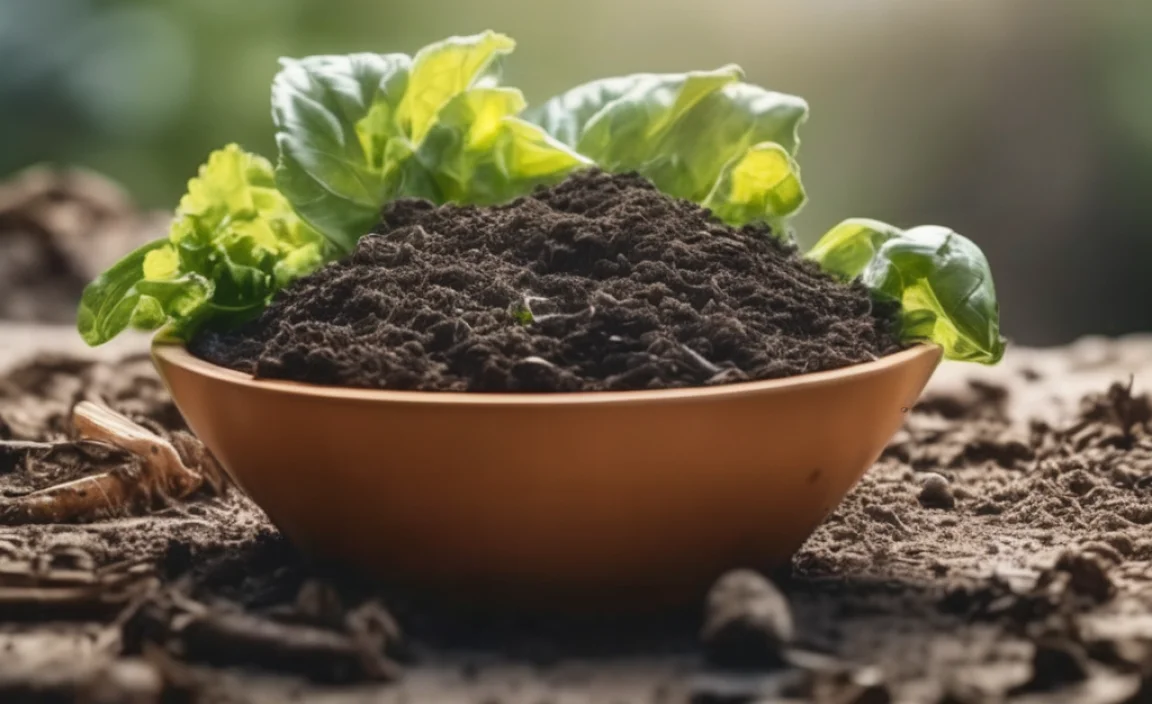

I am passionate about home engineering. I specialize in designing, installing, and maintaining heating, ventilation, and air conditioning systems. My goal is to help people stay comfortable in their homes all year long.

